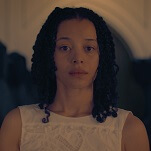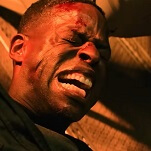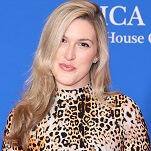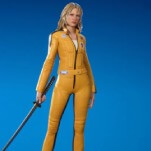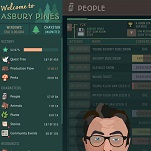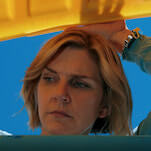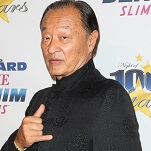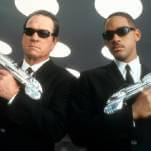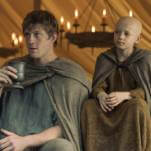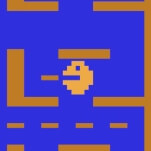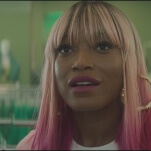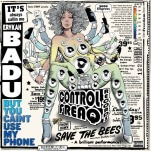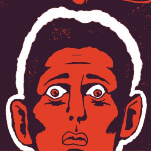Why The Last Of Us could be TV's best video-game adaptation yet
HBO has done everything to ensure The Last Of Us succeeds where other video-game movies and shows have failed
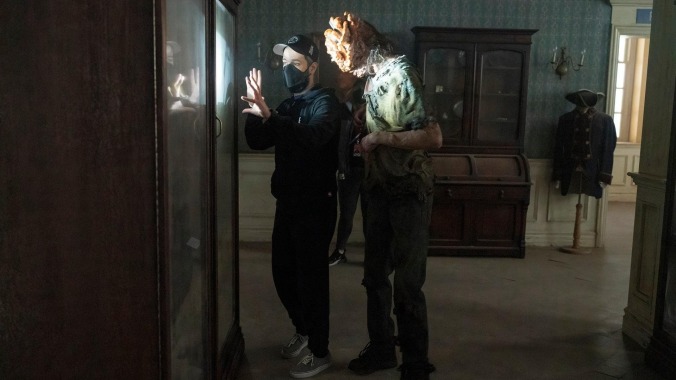
The pace of video games coming to the small screen has increased in recent years, and some of them have even been, well, if not truly great, at least somewhat popular. The animated series Castlevania, based on the horror-themed adventure game of the same name, has had a notable four seasons on Netflix, a platform notorious for its tendency to cancel shows that aren’t massive hits right out of the gate. Netflix has also greenlit a second season of Arcane, based on the online strategy game League Of Legends. Last year’s live-action adaptation of Halo on Paramount+ was not only the streamer’s most-watched premiere ever, it was the most-watched show of 2022, beating out Sheridan-verse offerings like Yellowstone (although that show is currently only available to watch on Paramount+ outside the U.S.), 1883, and 1923. Imagine how much better Halo would have done if the producers hadn’t antagonized fans with their outspoken disregard for the game’s lore.
Which brings us to HBO’s highly anticipated video-game adaptation The Last Of Us. Taking the opposite of the Halo approach, the show promises to be very faithful to the game, only taking liberties when necessary to support the story as it was originally told. To ensure that, Neil Druckmann, who wrote the first game as well as an expansion pack and a sequel, is heavily involved as a writer and co-showrunner. HBO is showing every sign of confidence in the project, scheduling it in the prestigious Sunday night slot and marketing the hell out of it. Overall, Hollywood doesn’t have a great track record of video-game adaptations that please both fans and critics, but this show may be the rare exception (granted, it’s not a very high bar). We’ll know for sure when it premieres on January 15, but we already have reasons to believe it’s going to live up to the hype.
A game ready-made for prime time
The Last Of Us, which originally came out in 2013 and has had several re-releases since then, has become legendary among gamers not for the sophistication of its gameplay (which is fairly standard for an action-adventure shoot-em-up) but for the depth of its world-building and storytelling. This is where a lot of video-game movies go wrong, by shoe-horning in a totally new story, or by altering what exists beyond recognition. As storytelling mediums go, video games and filmed entertainment each require something different from their audiences. The Last Of Us straddles the line between the two, alternating between interactive and passive elements.
A good chunk of the game is devoted to cutscenes, which take the characters from one point to the next without the player’s influence. It’s easy to get caught up watching these scenes and forget you’re playing a game at all. The transitions can be so seamless it’s not always immediately clear when you’re back in control, and even then it tends to push you forward in one direction without any other alternatives. The Last Of Us has an expansive world, but it’s not an open one. This makes the task of bringing it to the screen that much easier. A lot of the physical and narrative design work has been done already. While there are some gaps that could be filled in here and there, the game already has a framework in place to give the show’s creative team a starting point. It’s even neatly broken up into chapters, making for clearly defined episode breaks.
Taking the time to tell the story right
Similar to the way book adaptations naturally lend themselves to the TV format, The Last Of Us couldn’t have been truly faithful to the game if it were made as a movie. By most estimates, it takes about 15 hours to complete the game from start to finish. Of course, that accounts for the time you have to spend fighting, crafting, looting, or solving puzzles (mostly navigational in nature, like searching for a ladder to climb or placing a plank in the right spot to cross a rooftop), but it still leaves a lot of plot left to cram into a feature-length movie.





